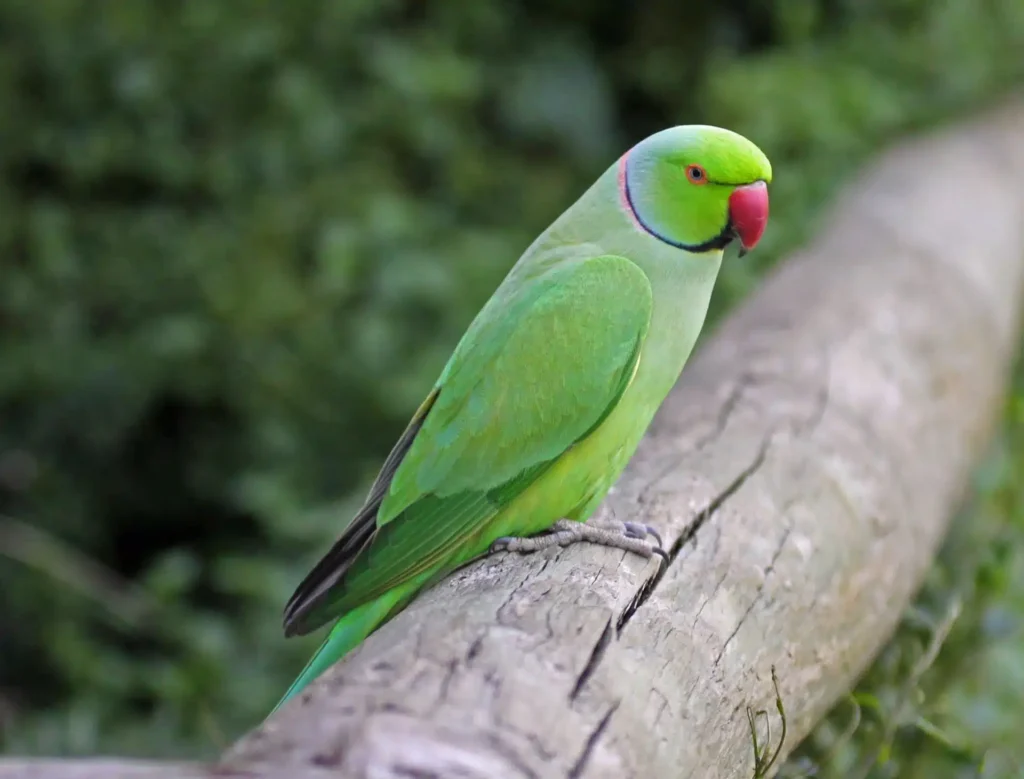Discover the Exquisite Keel-billed Toucan
Introduction:
The Keel-billed Toucan (Ramphastos sulfuratus), also known as the Rainbow-billed Toucan, is one of the most recognizable and colorful birds in the world. Its vibrant, multi-colored bill is not only striking in appearance but also serves as an effective tool for feeding and social interaction. Native to the tropical forests of Central and South America, this stunning bird is often seen flitting through the canopy, using its large bill to reach fruits and small prey that are otherwise inaccessible.
The Keel-billed Toucan’s lively personality and social nature make it a captivating subject for bird enthusiasts and photographers. These birds are highly social, often found in small flocks, and their playful behavior is a joy to observe. They are known for their distinctive calls, which can be heard echoing through the forest as they communicate with one another.
In addition to their aesthetic appeal, Keel-billed Toucans play a crucial role in their ecosystems. They are important seed dispersers, aiding in the propagation of numerous plant species. Unfortunately, habitat loss and the illegal pet trade pose significant threats to their populations. Conservation efforts are essential to ensure that these beautiful birds continue to thrive in the wild.

Facts:
| Fact | Details |
|---|---|
| Scientific Name | Ramphastos sulfuratus |
| Common Names | Keel-billed Toucan, Rainbow-billed Toucan |
| Year Discovered | 1758 |
| Kingdom | Animalia |
| Phylum | Chordata |
| Subphylum | Vertebrata |
| Class | Aves |
| Order | Piciformes |
| Family | Ramphastidae |
| Genus | Ramphastos |
| Species | R. sulfuratus |
| Natural History | Native to tropical forests of Central and South America |
| Physical Information | Medium-sized bird, 42-55 cm in length, with a large, colorful bill and predominantly black plumage |
| Appearance | Vibrant multi-colored bill, black body, yellow chest, and green skin around the eyes |
| Scientists Names | Described by Carl Linnaeus in 1758 |
| Region | Central and South America |
Appearance:
The Keel-billed Toucan is easily identified by its large, colorful bill, which can measure up to 20 cm (8 inches) in length. The bill’s vibrant hues of green, orange, blue, and red contrast beautifully with the bird’s predominantly black body and bright yellow chest. The toucan’s eyes are surrounded by green skin, adding to its striking appearance.
Distribution:
Keel-billed Toucans are found throughout Central and South America, ranging from southern Mexico to northern Colombia and Venezuela. They inhabit tropical and subtropical forests, often seen in the canopy where they forage for food and socialize with other birds.

Habits and Lifestyle:
Keel-billed Toucans are social birds that typically live in small flocks. They are known for their playful behavior, which includes hopping between branches and engaging in bill-jousting. These birds are also vocal, using a variety of calls to communicate with each other.
Care Guide:
Caring for a Keel-billed Toucan requires a spacious aviary with plenty of vertical space for climbing and flying. Their diet should consist of a variety of fruits, supplemented with insects and small animals. Providing enrichment, such as toys and branches for climbing, is essential to keep them mentally stimulated.
Physical Characteristics:
Keel-billed Toucans are medium-sized birds with a body length of 42-55 cm. They have a large, colorful bill that can measure up to one-third of their body length. Their plumage is primarily black, with a bright yellow chest and green skin around the eyes.
Diet and Nutrition, Foods to Avoid:
In the wild, Keel-billed Toucans primarily eat fruits, but they also consume insects, eggs, and small animals. In captivity, their diet should include a variety of fresh fruits, such as papaya, mango, and berries, as well as insects like mealworms. Foods to avoid include chocolate, avocado, and any foods high in salt or sugar.

Breeding and Business:
Breeding Keel-billed Toucans in captivity requires providing a suitable nesting site, such as a hollowed-out tree trunk. Females typically lay 2-4 eggs, with an incubation period of about 16-20 days. Breeding these birds can be challenging and requires careful management of their environment and diet.
Behavior:
Keel-billed Toucans are known for their playful and social behavior. They use their large bills for a variety of activities, including foraging, fighting, and preening. These birds are also vocal, using a range of calls to communicate with their flock members.
FAQs:
| Question | Answer |
|---|---|
| How long do Keel-billed Toucans live? | They can live up to 15-20 years in captivity. |
| What do Keel-billed Toucans eat? | Their diet consists mainly of fruits, but they also eat insects and small animals. |
| Where can I see Keel-billed Toucans? | They are found in tropical forests from southern Mexico to northern Colombia and Venezuela. |
| Do Keel-billed Toucans migrate? | No, they are generally sedentary birds. |
| How do Keel-billed Toucans use their bills? | They use their bills for feeding, fighting, and preening. |
Related Birds or Mate:
Related species include the Chestnut-mandibled Toucan and the Toco Toucan. These birds share similar habitats and behaviors, with distinctive variations in bill coloration and size.
Type and Quality Prices:
| Type | Price Range |
|---|---|
| Pet Quality | $1,500 – $3,000 |
| Breeder Quality | $3,000 – $5,000 |
Factors Affecting Price:
Prices can be influenced by factors such as age, health, lineage, and whether the bird is hand-raised or parent-raised. Geographical location and availability also play significant roles.
Price for the Bird in Different Regions and Countries:
| Region/Country | Price Range |
|---|---|
| United States | $1,500 – $5,000 |
| Europe | €1,200 – €4,000 |
| Australia | AUD 2,000 – AUD 6,000 |
| Asia | $1,800 – $4,500 |
References:
Keywords: Keel-billed Toucan care, rainbow-billed toucan pet, Keel-billed Toucan breeding, toucan diet, toucan health, toucan habitat, toucan aviary setup, Keel-billed Toucan prices
Categories: Companion Birds, Tropical Birds, Colorful Birds, Central American Birds, South American Birds, Frugivorous Birds, Flock Birds, Medium-Sized Birds, Exotic Pets
Views: 0





